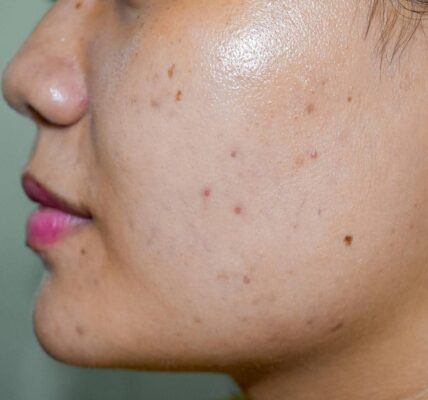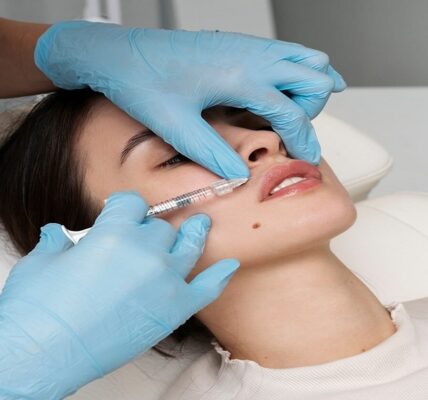In recent years, the field of dermatology has witnessed significant advancements in laser technology. One such innovation is the picosecond laser, which has revolutionized the way certain skin conditions are treated. This article aims to provide an in-depth understanding of 皮秒激光, their working mechanism, applications, advantages, factors to consider before treatment, and a glimpse into the future of this cutting-edge technology.
How Does a Picosecond Laser Work?
Picosecond lasers work on the principle of delivering ultra-short pulses of laser energy, measured in picoseconds (trillionths of a second). Unlike traditional lasers that emit longer pulses, picosecond lasers produce extremely short bursts of energy. This rapid and intense energy delivery helps break down target pigments or tissues into smaller particles more efficiently.
The high peak power and short pulse duration of picosecond lasers enable better targeting of specific chromophores, such as tattoo ink or melanin in pigmented lesions. The laser energy selectively disrupts these pigments without causing significant damage to the surrounding tissues, leading to effective treatment outcomes.
Applications of Picosecond Laser
Tattoo Removal
One of the primary applications of 皮秒 lasers is tattoo removal. The rapid pulses emitted by the laser break down tattoo ink into tiny particles that can be naturally eliminated by the body’s immune system. Picosecond lasers have shown remarkable success in removing even stubborn and multicolored tattoos with fewer treatment sessions compared to traditional laser methods.
Pigmented Lesion Removal
Picosecond lasers are highly effective in treating various pigmented lesions, such as freckles, age spots, and melasma. The laser’s precise targeting ability allows for the selective destruction of melanin clusters, resulting in a more even and youthful complexion.
Skin Rejuvenation
Picosecond lasers are also used for skin rejuvenation purposes. The laser energy stimulates collagen production, which helps improve skin texture, reduce fine lines and wrinkles, and enhance overall skin tone. This treatment is suitable for individuals seeking a non-invasive solution for rejuvenating their skin.
Acne Scar Treatment
Picosecond lasers offer a promising solution for acne scar treatment. The laser’s ability to remodel collagen fibers and stimulate new collagen production aids in the improvement of acne scars, resulting in smoother and more even skin.
Advantages of Picosecond Laser Technology
Faster Treatment
Compared to traditional lasers, picosecond lasers offer faster treatment sessions. The ultra-short pulses enable quicker pigment or tissue destruction, reducing the overall treatment time required.
Minimal Side Effects
Picosecond lasers are designed to minimize side effects and downtime. The precise targeting of the laser energy ensures that surrounding tissues are spared from damage, leading to minimal discomfort and a shorter recovery period for the patient.
Versatility
Picosecond lasers are versatile and can be used to treat various skin conditions. Whether it’s tattoo removal, pigmented lesion treatment, or skin rejuvenation, these lasers provide dermatologists with a flexible tool to address different patient needs.
Factors to Consider Before Choosing Picosecond Laser Treatment
Before opting for picosecond laser treatment, several factors need to be considered:
Skin Type
Different skin types may respond differently to picosecond laser treatment. It is crucial to consult with a qualified dermatologist who can evaluate your skin type and determine if you are an ideal candidate for the procedure.
Desired Results
Understanding your treatment goals is essential. Discuss your expectations with the dermatologist to ensure that picosecond laser treatment can deliver the desired outcomes.
Cost
Picosecond laser treatments can vary in cost depending on factors such as the size of the treatment area and the number of sessions required. It is advisable to inquire about the overall cost of the treatment beforehand.
The Future of Picosecond Laser Technology
As technology continues to advance, the future of picosecond lasers looks promising. Ongoing research aims to enhance their effectiveness, further reduce treatment time, and expand their applications to address additional dermatological concerns.
Conclusion
Picosecond laser technology has revolutionized dermatological treatments, providing efficient solutions for tattoo removal, pigmented lesion treatment, skin rejuvenation, and acne scar treatment. With its numerous advantages, including faster treatment, minimal side effects, and versatility, picosecond lasers have become an invaluable tool in the field of dermatology. Considering the factors discussed and consulting with a qualified professional will help individuals make informed decisions regarding picosecond laser treatment.








